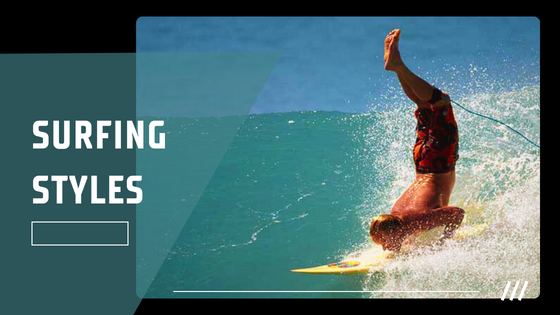
Understanding the Different Styles of Surfing
Surfing, an ancient art form once used by Polynesians to maintain their sovereignty, has evolved into a global phenomenon enjoyed by many enthusiasts. Over time, different surfing styles have emerged, each offering a unique thrill and relationship with the wave. Let’s explore some of the popular styles, how they’re different, and the surfing boards that align with each style.
Longboarding
Longboarding, or “log” surfing is, undoubtedly, one of the oldest and most celebrated styles associated with the sport. Rooted in the tradition spanning back to Duke Kahanamoku’s era, longboarding is characterized by its smooth, graceful, and stylistic maneuvers. With boards spanning nine feet and over, surfers can walk the plank, literally, performing swings, pivots, and the iconic nose ride.
The style is less about radical maneuvers or speed but more about harnessing the wave’s power and carving long, drawn-out turns. Deceptively simple-looking, longboarding requires a deep understanding of wave mechanics, precise footwork, balance, and patience.
Shortboarding
Shortboarding, the most recognizable modern surfing style, is characterized by radical, high-performance maneuvers punctuated by agility and speed. With smaller boards measuring around 6 to 7 feet, the surfer has greater control, allowing for tight turns, aerial flips, and powerhouse moves which create a dynamic, athletic display. Unlike longboarding, the focus is on rapid directional changes and harnessing the wave’s most powerful sections for slashes, off-the-tops, tube rides, and air reverse spins.

Big Wave Surfing
Big wave surfing is an adrenaline-packed style that takes courage, skill, and fitness to a whole new level. Big wave surfers chase 20 to 50-feet giants, employing specialized boards called “guns” for their streamlined shapes, designed for steep, fast drops, high speed, and control. This style epitomizes the surfer’s respectful battle against the raw power of the ocean. Not for the faint-hearted, it demands technical precision, physical strength, and above all, an unflappable spirit.
Bodyboarding
Bodyboarding distinguishes itself with its prone position but shares the same joy of riding wave energy. Utilizing a shorter, wider foam board, bodyboarders use swim fins to catch waves, then lay or kneel on the board, interpreting the wave in exciting spins, rolls, and even aerial maneuvers. While seen as more accessible for beginners, at the professional level, bodyboarding unleashes highly dynamic wave-riding possibilities.
SUP (Stand Up Paddle) Surfing
Another versatile style that expands beyond the traditional realm of surfing is SUP surfing. Standing upright on larger boards and propelling themselves using a paddle, SUP surfers take elements from longboarding but elevate the need for balance and upper body strength. SUP offers its unique twist in wave-riding and doubles as a serene pastime or an intense full-body workout.
Best Surfboards Online
World Surf Store offers a vast selection of surfboards, including shortboards, longboards, SUPs and more. They also carry an extensive collection of accessories, clothing and other gear to help you find your perfect fit. For beginners and experts alike, they have all the gear you need to get started.
Conclusion
In summary, the styles of surfing are as diverse as the ocean waves themselves. Each offers its own set of challenges and rewards, and the choice ultimately depends on personal preferences, fitness level, and wave conditions. Always remember, no one style is better than the other; it’s all about harnessing the ocean’s energy and feeling the elemental thrill that only surfing can bring.





